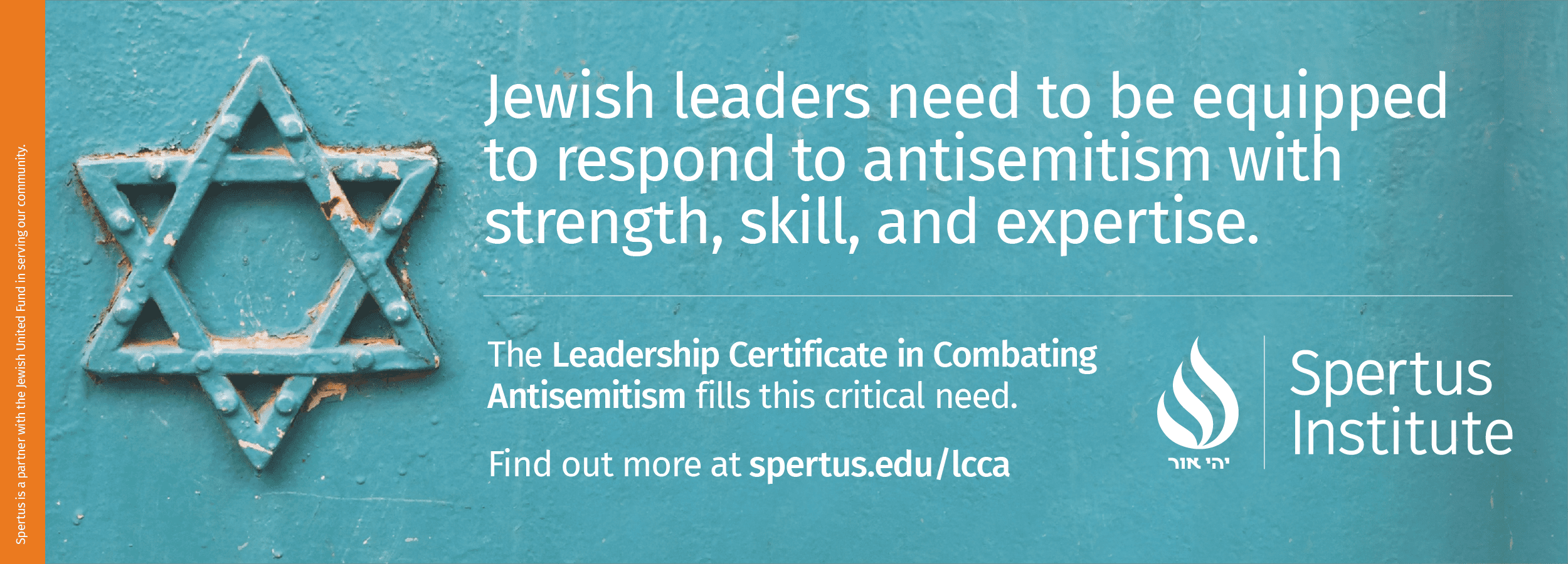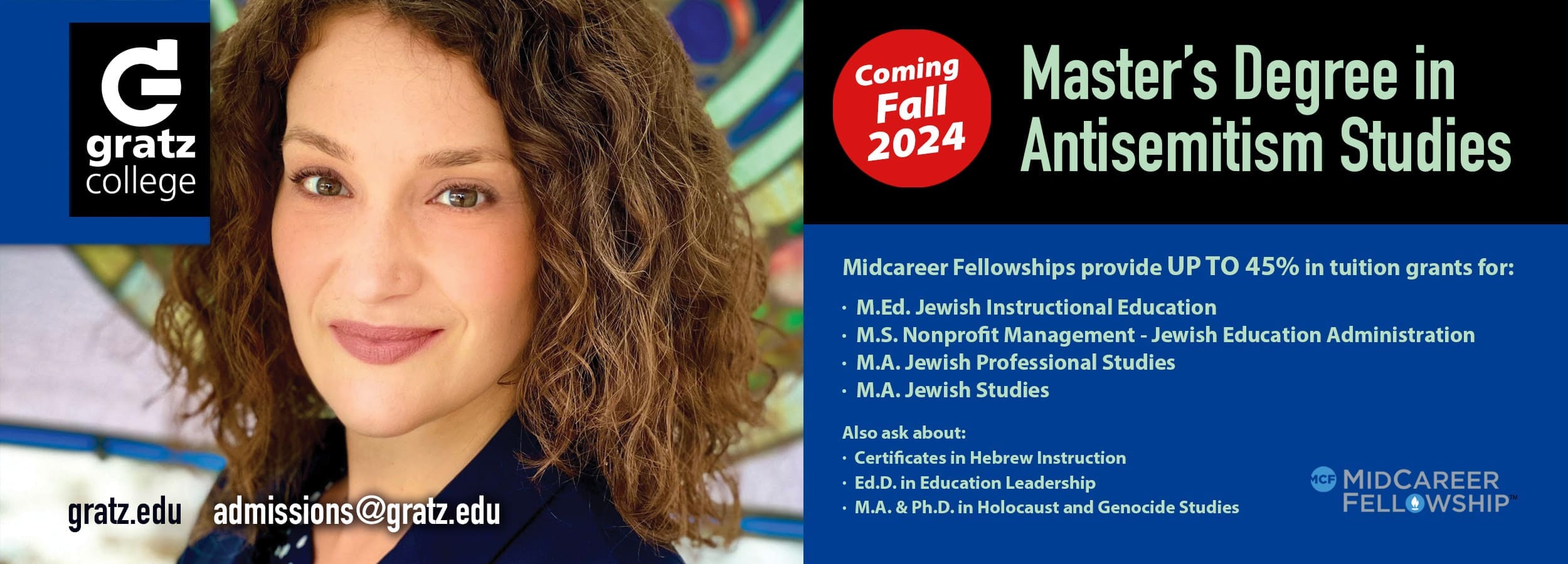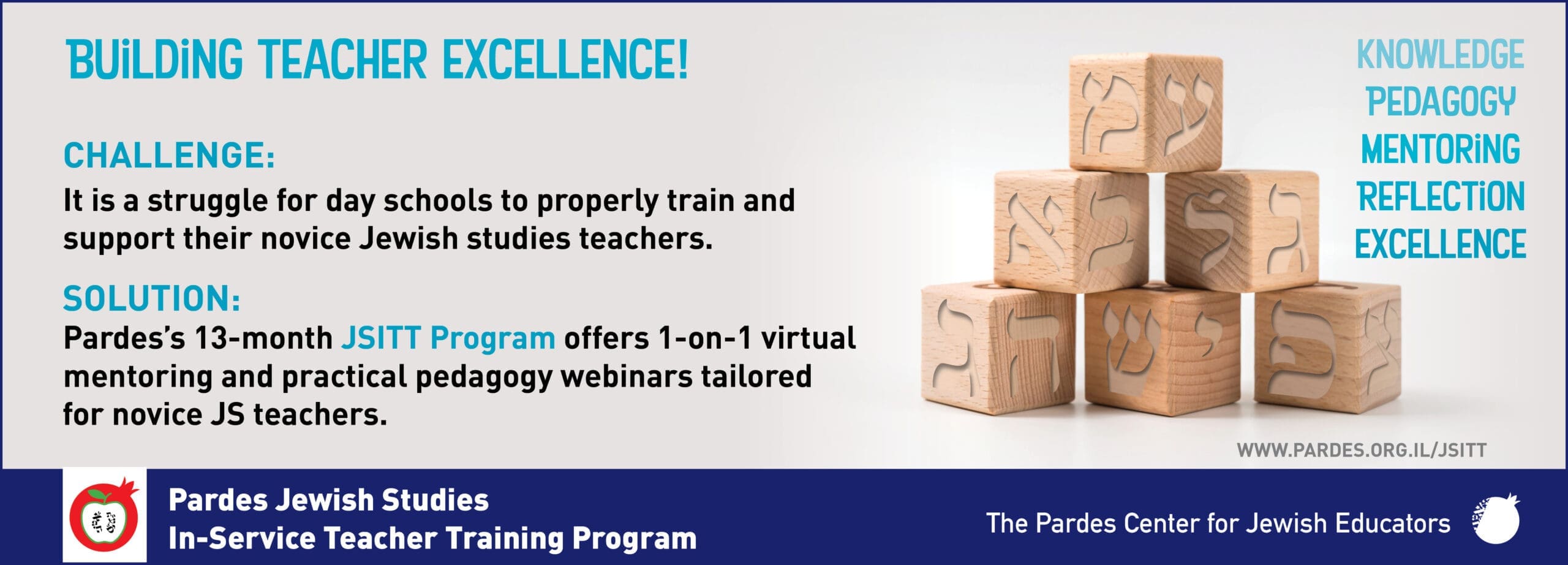Don’t Believe Everything You Read 📄
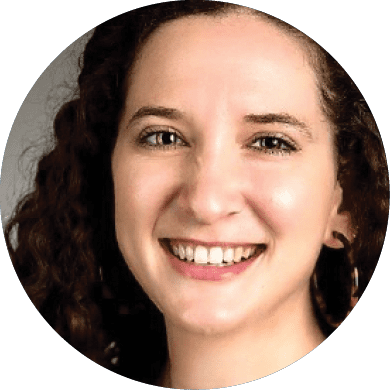
Historians are trained skeptics. As part of their quest to understand the past they must constantly question evidence. Their default cognitive position when viewing evidence is, “questionable until proven true or false (or at least likely or unlikely).” Collecting the evidence is only the first step. They hold evidence in abeyance contingent upon further investigation. Following collection, the evidence must be confirmed, weighed, and analyzed.
The key tools historians use are primary and secondary sources. Primary sources are produced by live witnesses to the event being studied, such as letters, diary entries, speeches, oral histories, and even photographs. Secondary sources are written by people after the event and present analyses based on the primary sources.
When evaluating sources, historians are guided by a series of questions. What is the source and provenance of the evidence? Is the source both authentic and reliable (meaning is the source legitimate and, if for example, it is a person’s diary entry, is the information accurate)? Is it contemporary to the event it is describing or commenting on, or is it from a different time and place? If it is not contemporary, why was it produced when it was? Can we detect cognitive biases or ideological agendas? Do other sources support or argue with it, and if so, what are their relative strengths and weaknesses? On what points do contradictory sources argue and on what points do they agree? Ultimately, how does this evidence help us understand the event? Only when these questions are answered in a way that assigns value to the evidence, are historians prepared to use it to further our understanding of the historical event being studied.
In fact, this approach is used in many walks of life. For example, national security intelligence agencies adopt this approach when evaluating their sources of information. They evaluate their sources of information based on the reliability and credibility scale. In this matrix, reliability refers to the “source” and credibility to the level of confidence in the information conveyed. Many intelligence failures have occurred when these questions were not properly asked and information was either believed or disbelieved for reasons such as the influence of cognitive biases like confirmation bias. Examples range from Gedaliah not believing that there was a plot to assassinate him to the United States defense establishment believing that Saddam Hussein had weapons of mass destruction. Even Israel’s vaunted military intelligence community fell victim to this in the days prior to the 1973 Yom Kippur War. Major General Eli Zeira, who commanded Israel’s military intelligence branch, explained away what turned out to be very clear signs of the impending attack because they did not fit into “the Concept” which was guiding Israeli military strategic thinking at the time.
The idea that we should be skeptical can be seen very clearly in rabbinic literature. For example, the fifth chapter of Sanhedrin discusses the many questions the bet din asked witnesses to ascertain if they were telling the truth. Likewise, even in cases where the witnesses thought they were being honest, the rabbis wanted to ensure that they actually and accurately witnessed what they thought they did. The Sages understood that not only do mistakes happen, but that sometimes, for whatever reasons, people will rationalize outright lying. We can extrapolate from this example that even in non-judicial situations it is wise to question and investigate. As the aphorism declares, “if it sounds too good to be true, it probably is.”
Through the use of case studies and samples of evidence related to these studies we can train students to be skeptical of everything they read. Students can be shown the famous painting of George Washington crossing the Delaware by Emanuel Leutze. While this painting is iconic and captures the courage of Washington and his army that fateful night, it is full of historical errors. Simply asking students to try to identify some of these errors will demonstrate to them that sources need to be judged. On their own, they will likely realize that the Delaware River does not look like the river in the painting (it is actually based on the Rhine River) and that given the weather that night, Washington would not have been able to stand up the way depicted in the painting without falling. It will be essential for them to reveal that Leutze painted this painting nearly seventy-five years after the crossing. The point is that by using this familiar painting students will realize that not everything is as it appears and that they should test their sources.
After studying and evaluating a selection of evidentiary sources like this painting, students will understand the importance of approaching evidence skeptically and familiarize themselves with the questions to ask when evaluating a source. Students can then be taught how to apply these skills to judging social media. When it comes to social media posts (and for that matter print and television news media as well) students can be taught to research the sites and determine if their positions on current events are always the same. They should assess what sources the site relies on and whether these sources are reliable. If you can safely predict what a particular outlet is going to opine on a topic before you read it, it is safe to say it is agenda driven. And while this doesn’t automatically mean it is misrepresenting the truth or does not make valid points, it does indicate the need to question its sources and investigate further.
A social media checklist could be helpful as it will equip students with a list of basic questions they should ask about everything they read before accepting the conclusion presented. A possible checklist can consist of the following:
- Source Identification: Is it a .edu, .org, .com, etc.
- Author’s Background: Is the author’s name clearly indicated? Does the author have professional expertise and experience in the field he/she is commenting on? Does the author have a good reputation with respect to fact checking?
- Date Check: Is the publication date clearly indicated? Is it recent enough to be relevant? Has the post been edited, and if so, when and why?
- Content Analysis: Is the article well written and edited for errors both grammatical and logical? Is the main purpose of the article to inform or to persuade? Does the article present in a respectful and credible manner opposing viewpoints?
- Cross-checking: Is the source original or reposted? Are there similar sources posted and are they each original or repostings as well? Does the article present supporting evidence?
Most, if not all, antisemitic posts will not meet this checklist’s criteria. Equipped with this checklist and familiar with the historical method, students will become more critical consumers of social media in general and of antisemitic posts in particular. They will be better prepared to address the challenges they confront and take advantage of the opportunities they encounter as they become adult citizens in our globalized world.
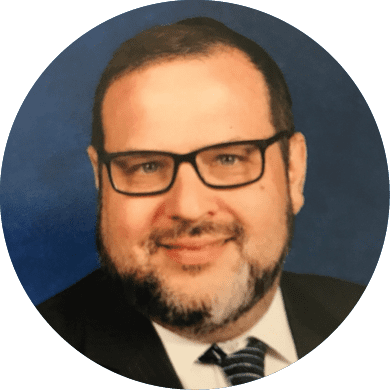
Reach 10,000 Jewish educational professionals. Advertise in the upcoming issue of Jewish Educational Leadership.
Do you want to write for Jewish Educational Leadership? See the Call for Papers for the upcoming issue.

Understanding the New Antisemitism with Yossi Klein Halevi – 2024 Update 📄🎬
I think we’re experiencing a phenomenon that we can call massacre denial or massacre trivialization. And I don’t like Holocaust comparisons to Israel’s situation. But in one way I do believe that a Holocaust analogy is legitimate and that is in in how the historicity of October 7th is being treated and the uniqueness of October 7th. What makes October 7th unique is that it was not a pogrom, these were premeditated atrocities. And the purpose of the atrocities, was to instill terror. So what is happening to the memory of October 7th, the understanding of what October 7th was, is very similar to what Holocaust memory has been subjected to in large parts of the world.

From Fear to Resilience – 2024 🎬
The whole world has changed. I feel like we’re at a historic moment for the Jewish people. This is one of the major, major dividers within the Jewish world today. Those who have never really known Jewish vulnerability and those who know it and feel a deep in their kishkes. And I think that divide has been kind of blown up right now. We’ve known through the statistics that antisemitism has been on the rise for the last many years. And I think Pittsburgh, Tree of Life, really changed in some ways the American Jewish condition. It kind of woke us up to the fact that it can happen here.
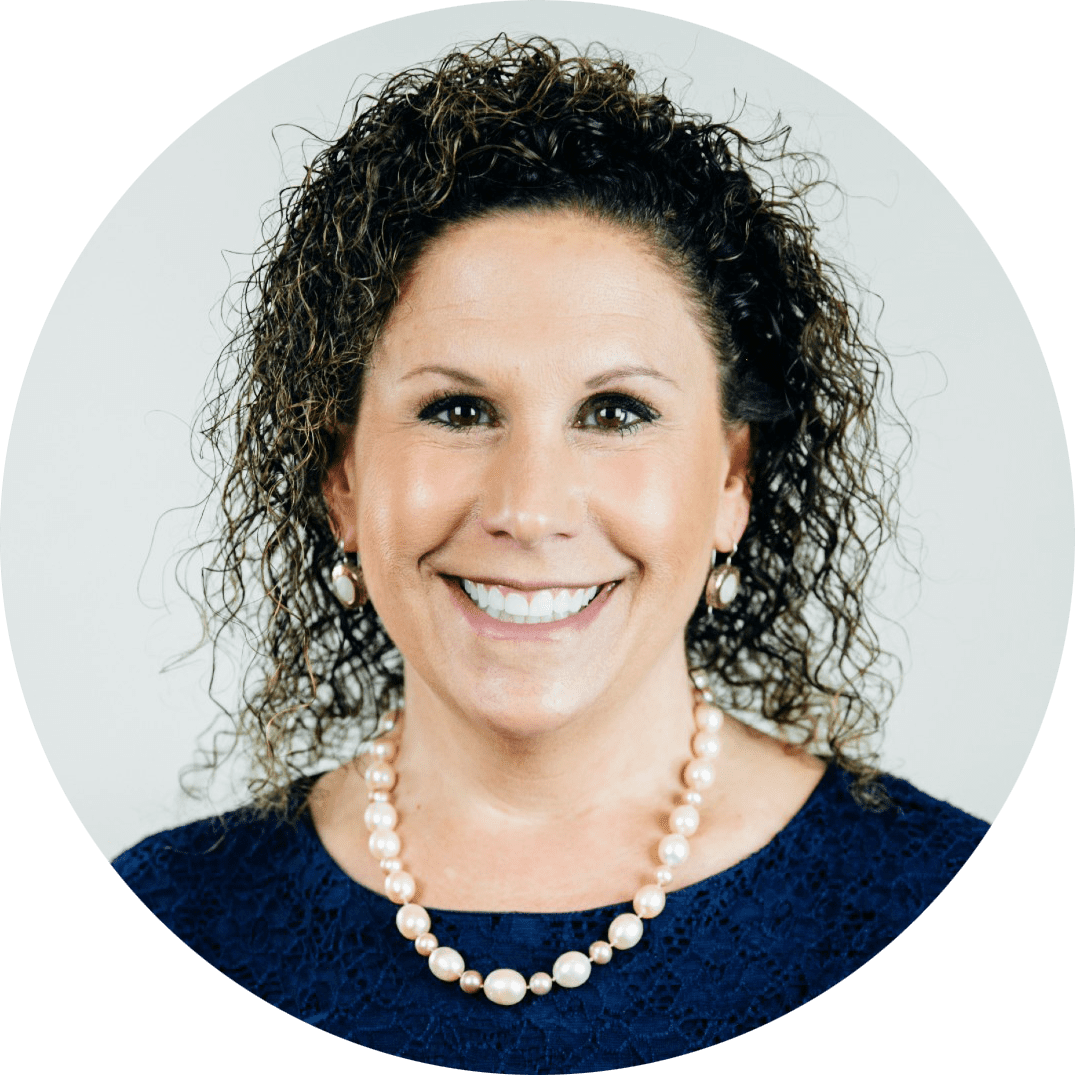
Building Jewish Strength – 2024 🎬
I think among the things that are concerning for me is that the people that I work with, and I’m in a Reform congregation, we’re a very large community with a lot of diversity within that community. I think that what is particularly concerning to me is that our people are so caught off guard and surprised. That all of the sudden in 2023, all of the sudden it’s as if there wasn’t antisemitism before October 7th. We either had our heads in the sand or we were just kind of in a position of not really acknowledging the extent to which antisemitism is still a part of the human existence. I won’t say the Jewish existence because I think antisemitism and anti- antisemitism is more than a Jewish concern.
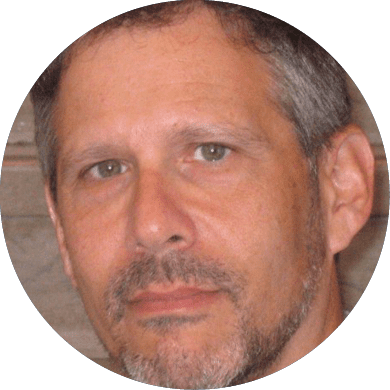
Confronting the Campus Crisis – 2024 update 📄🎬
I think what we’re seeing now is a globalization of antisemitism and it’s become a mass movement in the name of anti-Israel activism, in the name of anti-Zionism, which is not to say that anti-Zionism automatically equals antisemitism, but the way that anti-Zionism is expressed particularly now, is in an antisemitic way. One example, for instance, maybe you would a draw a Venn diagram and you would have a big circle and that big circle says criticism of Israel. Then you have another circle, which is antisemitism, and then you have a bit of an overlap. And the overlap seems to have increased recently. Why that is, is because Hamas is in itself an antisemitic organization.
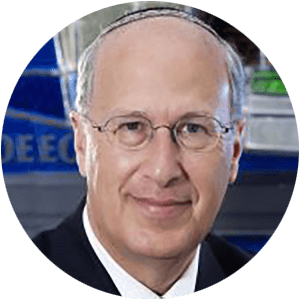
Antisemitism, Debating a Lie – 2024 🎬
The most concerning thing I find about the uptick in antisemitism is the lack of knowledge on the part of Jewish students and others about the real history of the situation. The kids don’t know how to have a cogent debate. They don’t have the knowledge. They don’t have the history to truly stand up and speak truth to lies. And that actually is the most disturbing thing. If there’s violence, it’s obviously extremely disturbing. But I’m not as worried about that as the long term issues, both on college campuses and now on high school campuses, where the lack of knowledge and the level of ignorance is so profound that I think we are in a strategically dangerous spot with our youth who don’t know.
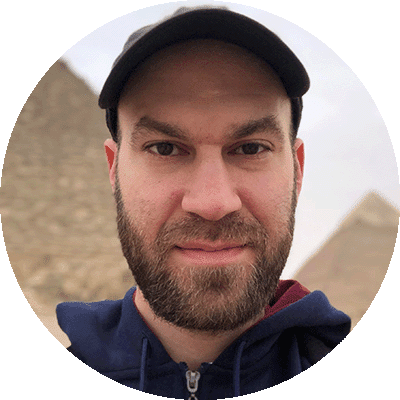
Seeing Antisemitism Clearly – 2024 🎬
The time when my thinking on antisemitism changed the most in the last five years was actually 2021, not now. In 2021, we had a similar situation on a smaller scale to what we have now, which is Israel and Hamas fighting and violence against Jews outside Israel. Hate crimes, attacks both at protests but also just on the street. And the thing that changed my thinking the most was not fighting in Israel and was not even those attacks. But it was how the reaction to those attacks from people who are most likely to stand up for minority groups who are being subjected to racism or prejudice was anything ranging from apathy to justifying or contextualizing the violence.
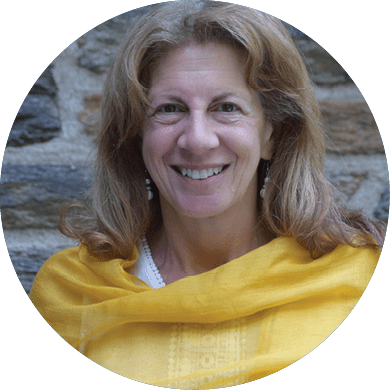
Antisemitism – So Close to Home – 2024 Update 📄🎬
I appreciate the opportunity, unfortunately, to revisit the question of antisemitism and the Jewish day school landscape. And it was almost like looking back at an innocent time to think about the Pittsburgh experience, which is what I wrote about, the proximity of my experience to the three congregations that were massacred in the Tree of Life building. At that time I definitely had it in the context of, well, I’m not surprised. I’m a child of Holocaust survivors. This is going to happen periodically. The big difference was the feeling that the world and the communities and the rational universe were very empathetic and sympathetic to what happened to the Jews in our community.

Antisemitism and Identity – 2024 Update 📄🎬
So the question was, in the last two years, has your thinking on antisemitism changed? And the answer is very straightforward. My thinking has not changed whatsoever. I knew that antisemitism is an issue, even though people around me have been minimizing and denying it and now it’s just out. It’s clear that there is bias even among people who are not necessarily antisemitic. It seems like there is a radicalization among younger people. I’m wondering to what extent education has to do with it. I got my Ph.D. here and I’ve seen the environment. There seems to be also a lot of misinformation at least on the school campuses or university campuses.
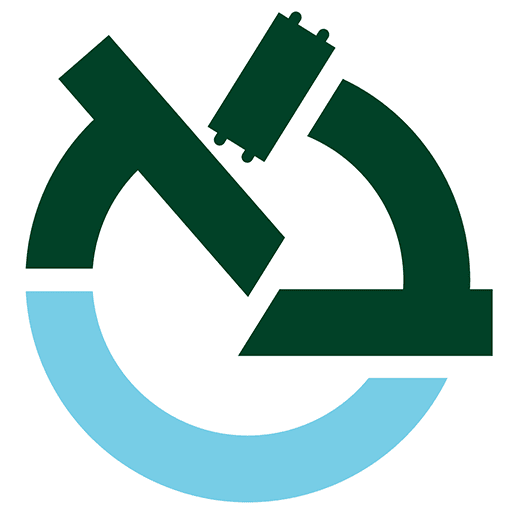
Caring for Our Students & Ourselves in the Face of Antisemitism🎬
Jewish educators are dealing with antisemitism on two levels. We are dealing with our own shock, fear, anger, and uncertainty. And at the same time, we need to be able to address antisemitism in our classrooms, camps, or youth groups. We need to help our students feel safe and supported, and we need to make sure they have some tools in their arsenal to rely upon. While there are so many questions, many without answers, there are some things that we can do right now to help our students feel safe and supported. This series of videos from The Lookstein Center at Bar-Ilan aims to give educators tools for helping our students through these troubling times.
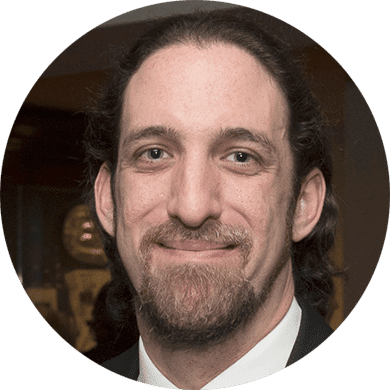
Antisemitism is Systemic, and Yet Deeply Personal – 2024 Update 📄
In the United States and across the globe, there is an all-out assault on Jews arising from the political left, political right, and seemingly everywhere in between. From virulent and overt violence to the dog whistles of antisemitic tropes, one can see antisemitism alive and growing in almost every facet of life. In a survey conducted by ADL, over 1 billion out of 4 billion people surveyed across the world harbor antisemitic attitudes. That is over 25%. As the Program Manager for Echoes & Reflections, my career is focused on helping secondary educators effectively and responsibly teach about the Holocaust and contemporary antisemitism.
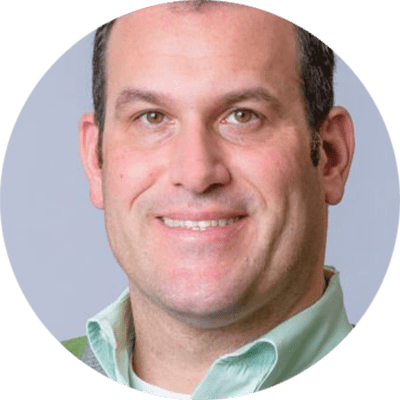
Insights From College Guidance in the Wake of October 7th – 2024 📄
I have been privileged to work at SAR High School since 2007, assisting many hundreds of graduates with the college admission process. It has been a true labor of love, helping a student discover the institution that could be their perfect match for four transformative and memorable years. Front and center in the admission process has always been a student’s growth as a Modern Orthodox Jew, with considerations like kosher food, daily minyanim, Hebrew language and Jewish studies departments, Torah learning opportunities, and Israel advocacy coming into play as much as academics and student life.

Reflections on College Guidance after October 7th – 2004 📄
This all happened at a very interesting time in the college application cycle. When the war started and we started seeing anti-Israel and antisemitic activity happening across the country, our immediate thought in the Milken college admissions office went to students applying early decision to schools, because that’s a binding contract—if you’re admitted, you have to attend. October 7th was a month before early decision, early applications were due, and we had to do triage for those students. For students who were not applying early decision the timing wasn’t as critical.


